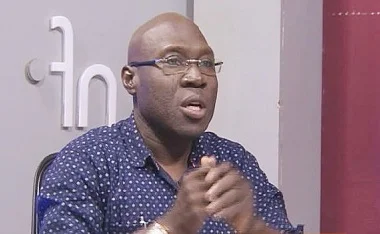Japan’s Prime Minister, Shigeru Ishiba has won a rare runoff vote to stay in power despite his scandal-hit governing coalition’s loss in the parliamentary election last month.
Japanese lawmakers voted in the runoff on Monday, November 11, 2024.
Ishiba secured 221 votes to retain his position in the final round of a lower house ballot, winning the highest number of votes among all candidates.
He failed to win a clear majority of the votes but was ahead of his nearest challenger, Ex-Prime Minister Yoshihiko Noda of Constitutional Democratic Party of Japan (CDPJ), who got 160 votes.
It is the first time in over 30 years that a vote to elect Prime Minister has gone to runoff in Japan.
The vote to elect the Prime Minister went to run off after the two main candidates failed to secure minimum support of 233 lawmakers in the lower house of the parliament.
Ishiba, however, easily sailed through the election in the upper house of the parliament where his party, Liberal Democratic Party (LDP) has majority with support of its junior partner, Komeito.
With Ishiba winning in runoff, it means he will lead a minority government with outside support from smaller opposition parties.
He is expected to announce a new Cabinet later on Monday after his Cabinet members resigned en masse to pave way for the special four-day session of Parliament, locally known as Diet, to vote for a new Prime Minister
The fresh vote to elect the Premier comes after Japan held snap general elections on October 27, 2024, which threw up a hung parliament with no party gaining majority in the house of 465 lawmakers.
Ishiba’s LDP and Komeito lost their majority in the parliament while opposition CDPJ made substantial gains yet short of forming a government.
Ishiba was eyeing support from Democratic Party for the People which boosted its numbers to 21 in the lower house of the bi-cameral parliament.
LDP and Komeito together are short of 18 seats for a simple majority of 233 and do not meet the mark even with the support of six independents.
Negotiating support from smaller opposition parties means LDP-Komeito coalition will be conceding many positions inside and outside the parliament to lawmakers outside the two parties.
It also remains to be seen who from Ishin party, which has 38 lawmakers, will extend their support to.
The LDP has ruled Japan for almost all years since it was founded in 1955.
It faced the first setback in early 1990s and later in 2009 when it was ousted from the government for three years.
Ishiba Faced With Another Foreign Policy Challenge
Ishiba faces another challenge on the foreign policy front, as Donald Trump’s victory in the US presidential election could mean more of his protectionist policies and potential new trade tariffs, especially on Japanese steel.
Trump is expected to again hit Tokyo with protectionist trade measures and revive demands for it to pay more for the cost of stationing US forces there.
These issues were largely smoothed over in Mr Trump’s first term, from 2017 to 2021, by the close ties between the President and Japan’s then Premier Shinzo Abe, a bond Mr Ishiba seems keen to re-establish.
Ishiba is now expected to attend international engagements such as the Asia-Pacific Economic Cooperation forum in Peru and the summit of the Group of 20 big economies in Brazil next week.
He is trying to arrange a stopover in the US around the G20 summit to meet Trump.
Ishiba faces another political test with the upcoming elections to the upper house next year.
The ruling coalition currently has a narrow majority in this chamber, but it could be jeopardised if Ishiba is unable to regain public confidence.
READ ALSO: Quest For Peace Under Trump Administration Begins





















